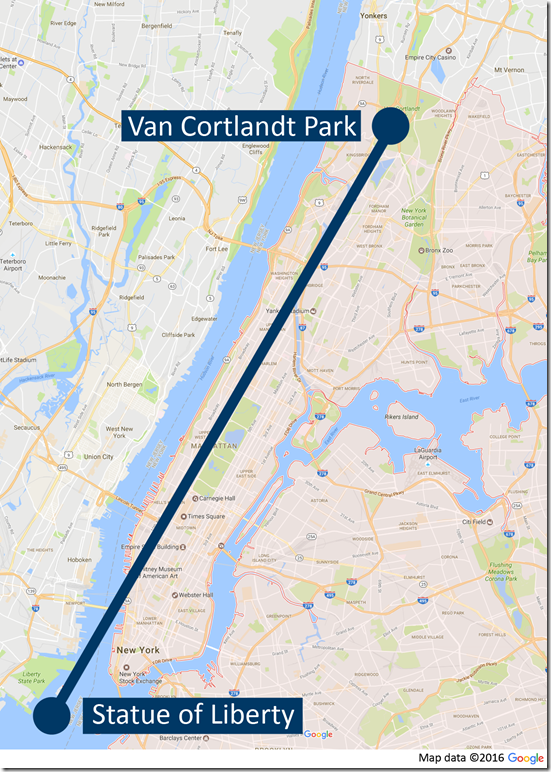Have you ever wondered just how large an Excel spreadsheet really is?
When it comes to entering data, Excel spreadsheets have grown larger and larger over the years. In Excel’s infancy, spreadsheets were only 256 columns wide and 16,384 rows tall. Over the years the number of columns remained at 256 but the height grew to 65,536 until reaching its current height of 1,048,576. The columns have also increased from 256 to 16,384 columns in width. This has made for a tremendous amount of real estate by which to pack data.
When the number of columns are multiplied by the number of rows we can determine the number of cells. Each Excel spreadsheet contains 17,179,869,184 cells. Most Excel users will never come close to filling all of the cells on a single sheet. Although it is highly unlikely that users will utilize all of the columns on a sheet, it is not uncommon for large organizations to exceed the row count of a single sheet; hence the introduction of PowerPivot which, like a database, has no defined row limit.
So how big would a single Excel sheet be if the entire sheet were printed? To make the math as simple as possible, let’s establish that each cell in a spreadsheet were one square inch.
- Number of columns: 16,384
- Number of rows: 1,048,576
- Number of feet wide: 1,365.3 ft (416.1 m)
- Number of feet tall: 87,381.3 ft (26,633.8 m)
- Number of square feet: 119,304,647.1 sq/ft (11,083,489.6 sq/m)
Number of miles long: 16.55 miles (26.63 km)
If you attempted to actually print this monstrosity on 8.5” x 11” paper, it would take 272,747,569 pages (545,495 reams of paper.) At an average cost of $7.50 a ream, it would cost you $4,091,213.54 to print (this, of course, doesn’t include tax and toner.)
If your spreadsheet were wallpaper, you could cover the walls of about 60 thousand 2,000 sq/ft homes.
If we laid out the printed spreadsheet as one giant piece of paper, it would run the entire length of Manhattan with a bit of overflow.

And keep in mind… this is only ONE SHEET!!!
The enormous size of a spreadsheet is one of the key reasons users struggle with printing in Excel. Printing in Microsoft Word is pretty much a no-brainer; it’s the epitome of “what you see is what you get”. This is due largely to the fact that documents in Word are created in an 8.5” x 11” world. When printed, the document translates 1-to-1 to the printed world. The same cannot be said for Excel. Spreadsheets have no predefined print size. It is the responsibility of the user to somehow juggle the dimensions of the spreadsheet into an 8.5” x 11” form.
Common adjustments made to spreadsheets prior to printing are:
- Setting the print area (so not too much is printed)
- Margins
- Paper size
- Orientation
- Scaling (zooming in or out)
- Centering
- Displaying gridlines and/or headings
- Headers and footers
- Repeated headings
Once all of these adjustments have been made, printing tends to work fairly well.
